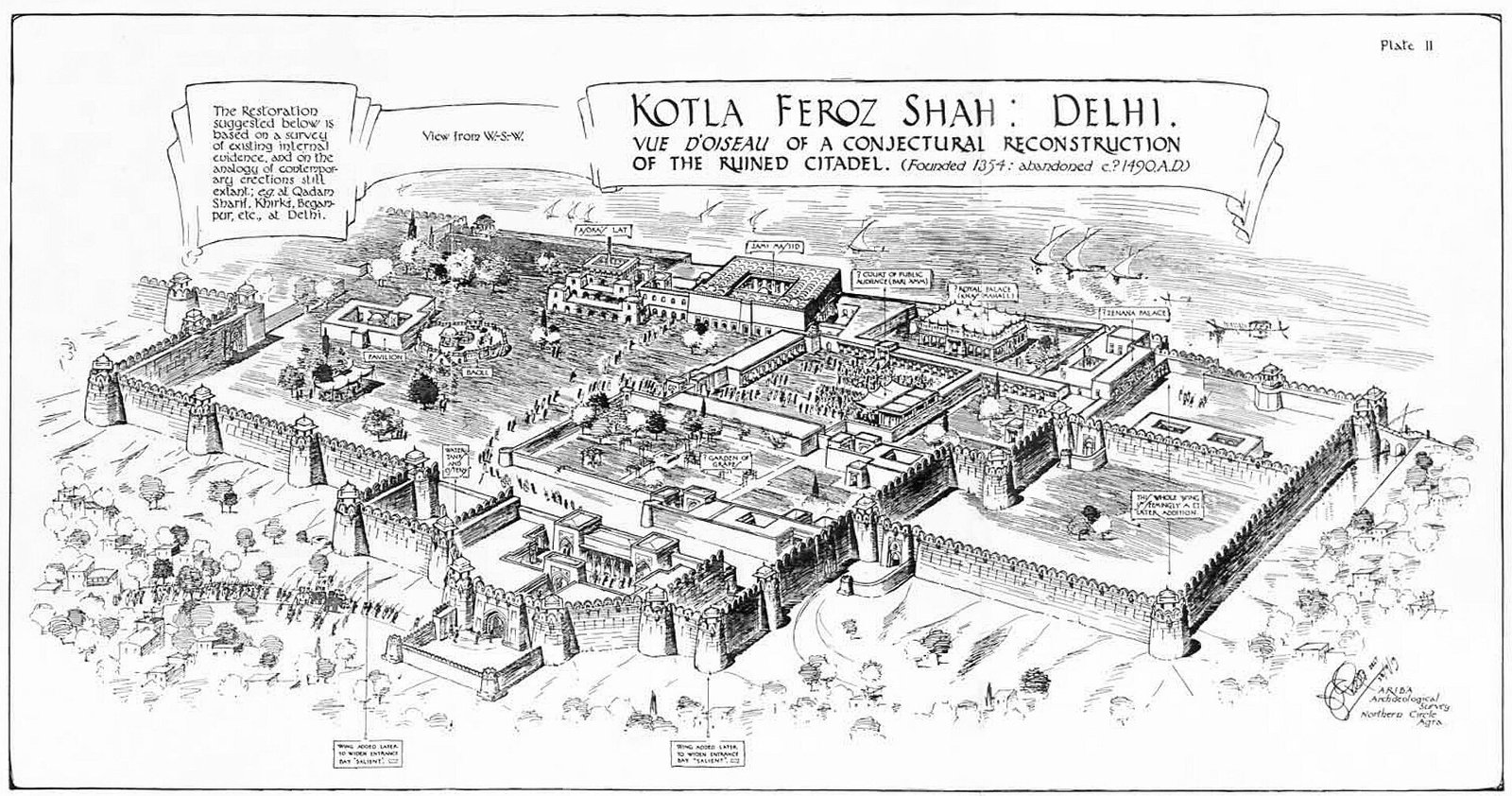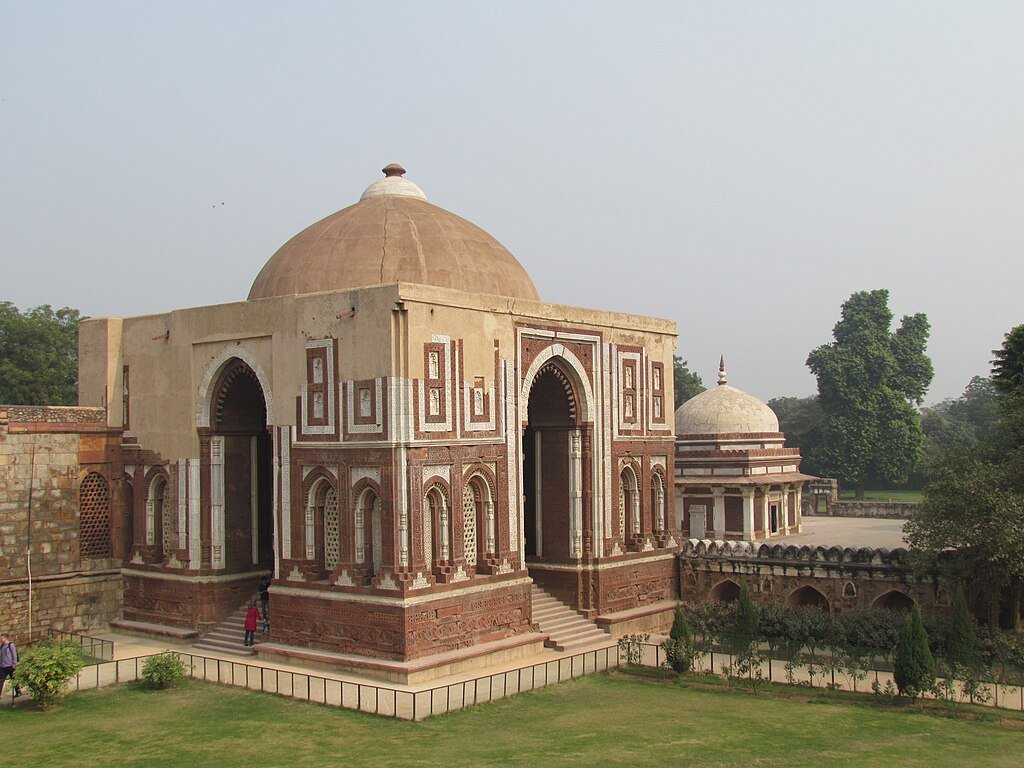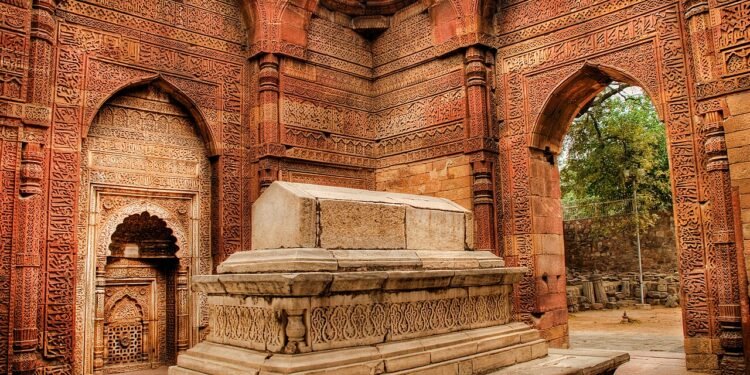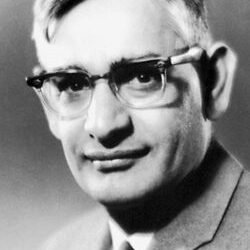Introduction
The establishment of the Delhi Sultanate (late 12th–early 13th centuries) emerged from a chain of Ghurid victories that dismantled major Rajput polities, inserted Turkic military‑fiscal systems into the doab, and institutionalized garrisoned urban nodes that evolved into a centralized sultanate under the early Mamluk rulers of Delhi. Anchored by battlefield innovations (horse‑archer mobility, reserve lancers, operational deception) and postwar administrative implantation (iqta assignments, qazi‑kotwal justice, minting, and road‑relay), the transition created a durable North Indian power whose frameworks—land assignment to military elites, urban‑fort governance, and multilingual court culture—would outlast the founding dynasty.

From Ghurid shock to political foothold
The immediate prelude was the pair of Tarain campaigns. After a setback in the first encounter, Muhammad of Ghor rebuilt a fast, disciplined cavalry force emphasizing composite‑bow fire, feigned retreats, and a tightly timed reserve. In 1192, at the Second Battle of Tarain, a night approach and predawn strike unhinged Prithviraj Chauhan’s larger but confederated host; hours of flank attrition by horse archers drew off supports, and a final reserve of armored ghulam lancers ruptured the Rajput center. The defeat collapsed Chauhan power, enabling rapid occupation of their domains and opening corridors across the Ganga‑Yamuna doab. Within two years, the Gahadavalas fell (1194), and over the next decade Ghurid momentum overran the Gangetic plain as far as Bengal, installing garrisons and administrators at key nodes.
Military innovations and why they mattered
Mobility and deception: Composite‑bow cavalry in modular blocks imposed a running fight, avoiding decisive melee until favorable; operational ruses (pacifying letters, feigned withdrawals) set up night marches and surprise strikes.
Reserve doctrine: Keeping an elite lancer corps uncommitted until the enemy thinned its center proved decisive at Tarain and became a signature of steppe‑derived warfare adapted to the Indo‑Gangetic plains.
Counter‑elephant method: Concentrated arrow storms and harassment neutralized elephant lines and heavy cavalry, degrading the linear formations of Rajput hosts and enabling a final armored punch.
These methods not only won battles; they reduced the cost and time required to break large confederated coalitions, allowing quick pivoting to occupation, tax capture, and garrison placement—critical for transforming conquest into governance.
Administrative implantation: iqta and city‑fort rule
With corridors secured, the Ghurid lieutenants—most famously Qutb al‑Din Aibak—began assigning iqtas (revenue rights over defined tracts) to commanders in lieu of cash salaries, binding mounted military service to land revenue. Iqta‑holders collected assessed taxes, maintained contingents, and remitted a share to the center, while the evolving diwan apparatus tracked assignment, arrears, and transfers. Urban forts (Delhi, Lahore, Ajmer, Badaun, Kannauj, later Awadh and Lakhnauti) became administrative anchors with qazis (judicial), kotwals (police), and amils (revenue) coordinating everyday rule. Minting stabilized fiscal flows, and road security—with caravanserais, patrols, and ferries—reanimated long‑distance commerce to fund the garrisoned state.
Delhi as capital: from Ghurid outpost to sultanate seat
Delhi, fortified and centrally placed on arterial routes, evolved from a forward Ghurid base into the sultanate’s capital. Its selection reflected logistics (route convergence to Punjab, doab, Rajputana), manpower (Turkic, Tajik, Afghan military settlers), and the city’s scalability: space to expand citadels, markets, and waterworks. Monumental building—mosques adapted from spolia, minarets as victory and call towers, and qanat/tank systems—inscribed authority into the urban fabric, signaling permanence to allies and rivals alike.
Aibak to Iltutmish: founding the Mamluk line
Muhammad of Ghor’s assassination (1206) left no direct heir; his Indian commander Qutb al‑Din Aibak asserted control over the subcontinental holdings, inaugurating the Delhi Mamluk (Slave) dynasty. Aibak’s short reign stabilized garrisons and patronage networks, but it was Shams al‑Din Iltutmish (r. 1211–1236) who consolidated the sultanate. Iltutmish crushed rivals (including Yildiz of Ghazni and Qabacha in Sindh), secured the doab, captured Bengal’s fractious governors, and won caliphal investiture—symbolic capital for legitimacy. He systematized the iqta, regularized coinage (notably the silver tanka and copper jital), strengthened the diwan, and cultivated a corps of Turkish slave‑officers (chihalgani) as a guard and administrative elite.
Periphery, resistance, and negotiated incorporation
Conquest did not produce seamless control. Rajput houses re‑localized in hill forts (Ranthambore, Gwalior), desert bastions (Jaisalmer, Jalore), and the Aravalli corridor, alternating resistance with tributary arrangements. In the east, Bengal oscillated between appointed governors and semi‑autonomous warlords until firmer integration. In the Deccan and Gujarat, legacy houses (Yadavas, Kakatiyas, Solankis/Chaulukyas’ successors) and emergent powers contested Delhi’s reach. The sultanate’s durability derived as much from negotiated suzerainty—tribute, hostages, marriage diplomacy—as from periodic punitive expeditions.
Social and cultural inflection
The new dispensation layered Persianate court culture onto Indo‑Gangetic urban life: Persian as the chancery lingua franca; administrative genres (farmans, parwanas) and legal practice (sharia courts alongside customary adjudication) took root. Military elites and Sufi lineages settled in and around the new towns, fostering shrines and hospices that braided spiritual authority with social brokerage. Markets adapted to the garrisoned demand: horse trade from Central Asia, metalwork, textiles, and grain provisioning found predictable outlets under fortified peace.
Why the transition endured
Institutionalization: Iqta as a flexible, auditable assignment tied to military output created a repeatable template that later dynasties refined rather than replaced.
Urban networks: A chain of fortified cities with mints, markets, and courts formed a lattice that could survive frontier setbacks and elite turnover.
Human capital: A military‑bureaucratic class—Turkic slave‑officers, Afghan cavalry, Persianate scribes—reproduced governance skills across reigns, smoothing succession shocks.
Fiscal pragmatism: Willingness to integrate existing revenue practices, co‑opt local elites, and tolerate vernacular norms (outside core legal matters) reduced the cost of rule.
Key inflection points and figures
1192: Second Tarain—Rajput line broken; doab corridor exposed.
1194: Gahadavala defeat—Varanasi and eastern nodes fall, accelerating Ghurid implantation.
1206: Muhammad of Ghor’s death—Aibak asserts Delhi autonomy; Mamluk line begins.
1211–1236: Iltutmish—consolidation, coinage reform, iqta systemization, caliphal investiture; Bengal and Sindh reined in.
Military‑administrative synthesis
The sultanate’s origins fused battlefield method with revenue logic. The same modularity and reserve discipline that won in open country informed governance: keep a core striking force, rotate iqtas to prevent provincial entrenchment, audit flows to the center, and deter coalition rebellions with rapid, concentrated expeditions. City‑forts served as both barracks and treasuries; road security multiplied taxable trade; and mints transformed regional bullion into branded currency, knitting disparate markets into a Delhi‑centric economy.
Limits and adaptations
The early sultanate was still a frontier empire: steppe‑derived cavalry doctrine could overreach in forests and hills; monsoon rivers constrained campaigning seasons; and revenue assignment risked provincial satrapies without vigilant rotation. Adaptations followed: deeper diwan oversight, alternate recruitment (local cavalry, archer corps), fortified staging posts on river lines, and calibrated tolerance of resilient polities (Mewar, Bundi, Marwar) whose subordination ebb‑and‑flowed with Delhi’s bandwidth.

High‑yield anchors
Causality chain: Tarain → doab opening → garrison and iqta implantation → Delhi as capital → Mamluk consolidation.
Core instruments: Horse‑archer mobility; elite reserve lancers; iqta assignments; diwan audit; mints (tanka/jital); fortified urban lattice.
Consolidators: Qutb al‑Din Aibak (founding assertion); Iltutmish (system builder, investiture, coinage, cadre).
Enduring grammar: Negotiated suzerainty with punitive capacity; Persianate chancery over vernacular society; city‑fort markets fueling a cavalry state.
Conclusion
The Delhi Sultanate’s establishment was not a single act but a sequence: battlefield disruption of entrenched coalition warfare; rapid corridor occupation; and the deliberate planting of a military‑fiscal architecture—iqta, city‑fort governance, and mint‑monetized markets—under leaders who translated conquest into institutions. From Aibak to Iltutmish, Delhi transformed from a frontier garrison to a capital commanding a network of towns and roads, inaugurating an enduring political grammar for North India that later dynasties would inherit, adapt, and project.




